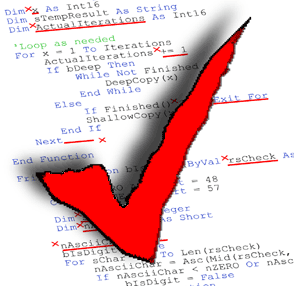The Refined Code
20 Sep 2023

Before the standard
Before using coding standards, I had been formatting my code to personal preference, adjusting it visually to how I felt it would be easier to comprehend. One such unorthodox adjustment I enacted were the curly braces for functions being placed on a seperate line fo the function name. When I first learned coding, I found it hard to keep track of the opening and closing braces of the functions/classes. As the instructors had their beginning curly braces opened on the same line of the function’s creation, it differed greatly aesthetically from my code. This caused a great rift in how a person viewed my code compared to everyone else which slowed down the process of grading.
My initial experience with ESLint in IntelliJ
When I was first taught about coding standards, the idea of using one set of coding guidelines made sense, as my previous experience displayed the need for some sense of normality when formatting code. However, as I implemented the necessary files and npm installed eslint into my project, I found myself actually struggling to adhere to the standard. Many of my previous habits were unknowingly marked red/incorrect for the standard, leading me to correct them one by one in order to follow the rules. Just a minor misplaced spacing could cause a red mark to appear on my code which made me more attentitive towards my spacing, but this also caused me to spend way mroe time on quality assuarance, which in some situations would cause less allocation of time for the addition of functions to your code. On the other side, debugging became moreeasier with teh standard as ESLint caught some of teh possible bugs before running the program. Bugs such as incorrect spelling, forgetting to declare a variable and using the wrong functions were easier to solve.
Current Opinions
Little by little, I foud myself subconciously following the standard which in itself brings a sense of accomplishment towards making quality code. My code that used to look abismal and scattered, now takes on a more pleasing organized polished look. I no longer find myself taking the quick way of ommiting spaces when declaring varibles. Now I subconciously space the operators and equal signs from my variable when declaring them. Although it takes more time to follow ESlint standards, I find it more enjoyable to look at the final product and more importantly my code became easier to read compared to before learning ESlint, which made collaboration from others easier. You could read a peer’s code, and compare it with your version without the barrier of messy code.